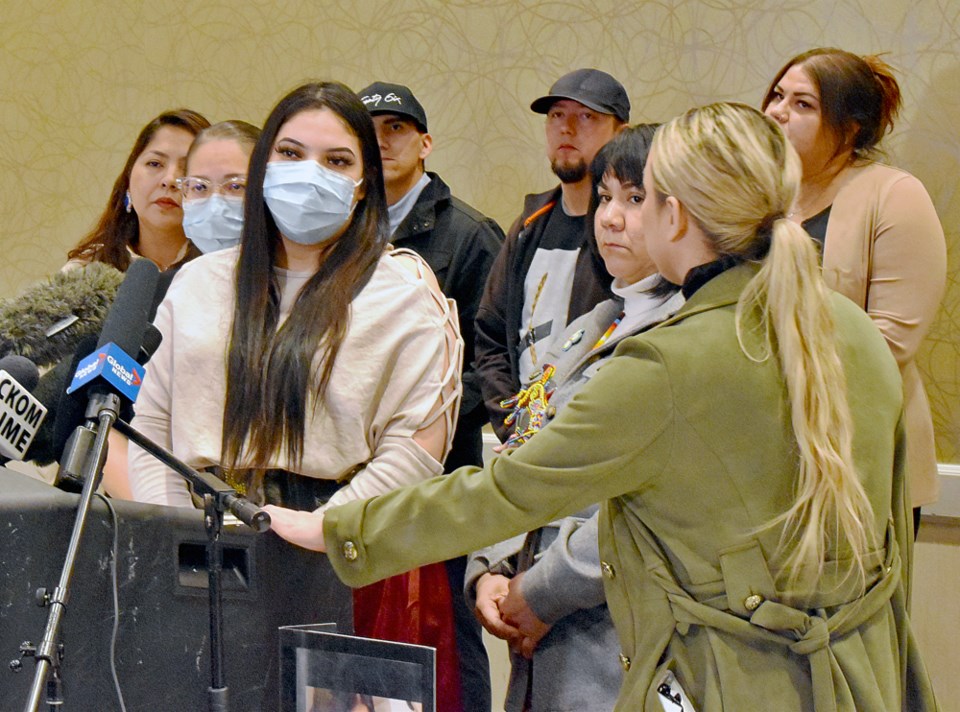SASKATOON — The Saskatchewan Health Authority is expected to conduct a review about an incident that led to the right leg of Baby Tobias Soosay needing a full cast while admitted at the Jim Pattison Children’s Hospital.
The family of Tobias, especially his mother Teelah, is looking for answers about how the five-month-old baby, who was born prematurely on Sept. 1 last year, sustained a broken femur bone three days after being in good spirits and doing well.
The SHA, in a statement provided to SASKTODAY.ca by community engagement and communications media relations manager Doug Dahl, said their goal has always been the safe care of every patient.
“It has been the goal of SHA to have a culture of safety and continuous improvement when it comes to patient health care and concerns like this incident. [We] will have them review the incident, and initiate conversations to address the concerns both by the patient’s families and the hospital staff,” Dahl said in the statement.
Case conferences and an SHA patient safety incident review are included in the process.
Kellie Wuttunee, who is the legal counsel for the Soosay family, as of posting time, said the officials of Jim Pattison or SHA have yet to get in touch with them about their concerns about how Tobias’ leg was broken while still under hospital care.
She then, on behalf of the Soosay family, called on the provincial and federal governments to enforce the Truth and Reconciliation’s Calls to Action 18 to 24 as well as the Missing and Murdered Indigenous Women and Girls Calls to Justice 3.1 to 3.7.
“[All of] which both deserve to identify and commit change regarding the substantial gaps in health services provided to injured Indigenous peoples. The universal agreement on these issues is systemic and the need for immediate action and address,” said Wuttunee.
During case conferences, a care team and the senior leadership will be meeting with either the patient or a family member to go over the facts as they are known to date, including the information on a patient’s chart as recorded by health care team members.
“The intent of this is to ensure the family is aware of all aspects of care and sequence of care to date, to directly answer the family questions from the facts known and discuss the processes underway to investigate the concerns as well as the patient’s immediate health needs,” said Dahl.
He added that the review process is also done to investigate any concerns raised by interviewing the health care staff and family members. The review will be documented and results reported to the health ministry. All critical incident reviews are based on provincial legislation.
Dahl said that some First Nation and Métis people are sometimes uncomfortable in raising and sharing their health care concerns and problems through the historic health system and review processes. However, the SHA offers services to assist them.
“The SHA provides First Nations and Métis health services including elder/cultural support workers and patient navigators to assist in communication between health care teams and patients and families, in conjunction with many of the reviews processes in place,” said Dahl.
“The SHA supports the enactment of Jordan’s principle [child-first and needs-based] to ensure all First Nations children can access the products, services and supports they need when they need them, and is committed to working with local co-ordinators to ensure safe, quality care and strong communication are in place between health services and the local community.”


